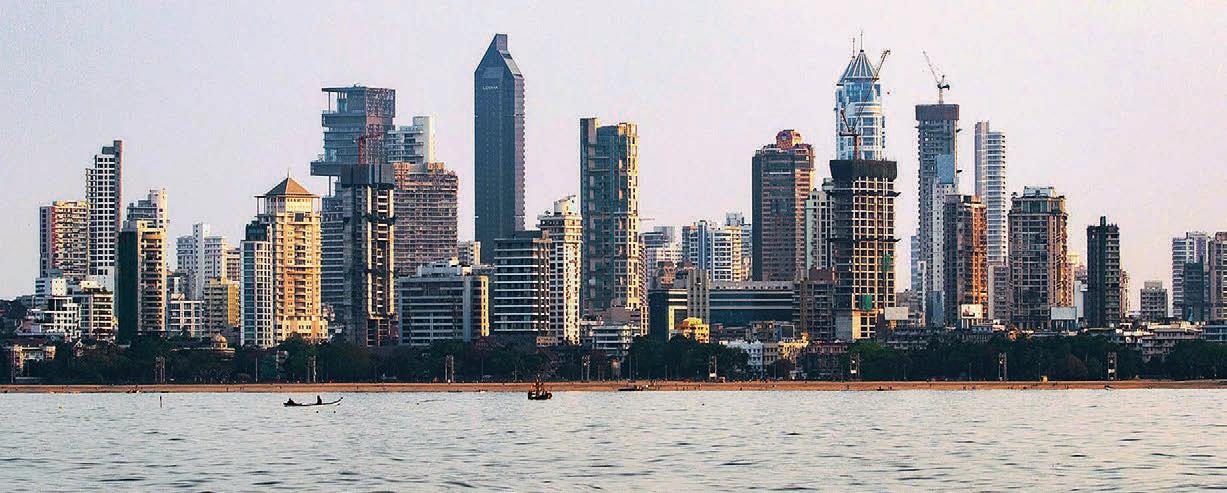
2 minute read
NZ meat needs to step up in South Korea
“Other than the efforts from Silver Fern Farms, there is almost no presence here in NZ. There is no industry promotion.
THE head of South Korea’s largest meat importer and distributor has called New Zealand out for its lack of presence in her country, warning that the industry risks falling off consumers’ radar unless more investment is made.
Youngmi Youn, founder and CEO of Highland Group, heads up a company that sources over 150,000t of meat annually from 14 supply countries, generating turnover approaching US$1 billion ($1.62bn) this year.
The company is in a very strong growth phase, having more than doubled the amount it handles since 2019.
Highland has enjoyed a decadeslong relationship with Silver Fern Farms (SFF), the only major New Zealand supplier of beef to the South Korean market.
With annual South Korean beef consumption moving from 8kg per capita a decade ago to 13kg today, she said there is plenty of opportunity for growth, but is concerned NZ may miss out.
“Meantime the United States spends US$8million a year in promotion, Australia $US3m to $US4m and the domestic industry about US$20m, and that is in beef only.
“This makes it very difficult for us to support NZ beef here.”
Beef + Lamb NZ exited South Korea, along with Japan and the United Kingdom, eight years ago, in a shift of focus that left marketing promotion to meat companies.
The South Korean market is dominated by the US and Australia, with the grain-fed chilled trade between them accounting for almost 95% of total imports.
The two dominate hypermarket chiller space, with Australia offering a top-tier Wagyu brand alongside a lower-priced standard grain-fed product.
SFF made good inroads to the grass-fed chilled trade before covid hit, but expansion has since been stymied by a lack of timely shipping links between NZ and Korea.
SFF’s country manager, Jay Shin, sees plenty of potential to develop the grass-fed niche, as consumers look to consume a red meat product that is lower in fat than the traditional grain-fed options on offer from both domestic and overseas suppliers.
Changes in eating habits and smaller households are also prompting a need for leaner, smaller cuts.
Youn said all the components for a strong marketing platform are already in place for NZ.
“New Zealand’s image is one of a safe, clean, trusted place. It’s all there.”
She lamented a decline in engagement between trade officials from NZ and South Korean companies like hers, something that appeared to have been exacerbated by NZ’s complete closure to the rest of the world during the covid pandemic.
Meantime her company has started to import lamb, with tonnages ramping up 87% in only four years from 11,000t to 20,000t and largely dominated by Australian product.
She said the premium that NZ lamb fetches from China and Japan puts it out of reach for
South Korea, not helped by NZ product still wearing a 2.2% tariff. The tariff will ultimately drop off entirely by 2030.
NZ beef to South Korea still retains a 16.6% tariff, also due to decline to zero by 2030. Australian beef enjoys a lower 13.3% tariff.
Clearly having her sights set on becoming a major player across other food groups, Youn has recently invested in a multimillion-dollar cold chain warehouse and distribution centre at Busan on the coast, and is particularly keen to invest in dairy food distribution once the centre is commissioned.
“We need to import about 100% of cheese for the food service sector. At the moment there is a lot of US and Australian product there and NZ could potentially be a big supplier.”
She has also purchased a 20% share in a fruit company that has a licence for Envy apples.
With NZ’s “big three” food exporters – Zespri, Fonterra and SFF – all positioned in Korea, Youn said she can see plenty of potential for collaborative efforts.
“It is simple really: you need to export and we need to import.”
Richard Rennie travelled to Seoul thanks to funding from the Asian New Zealand Foundation.









